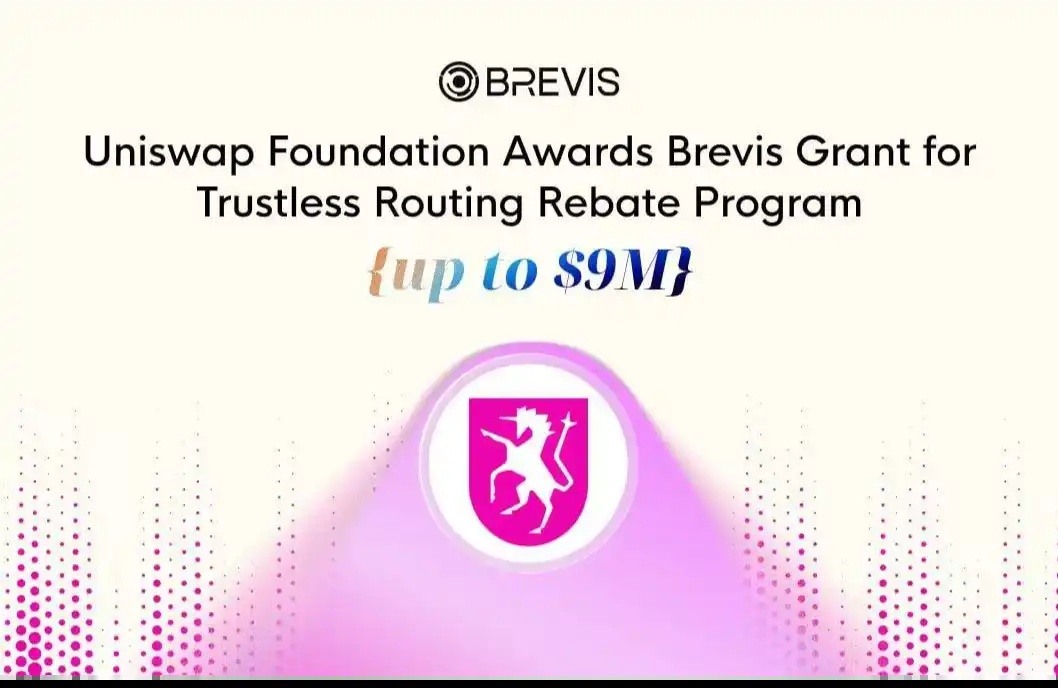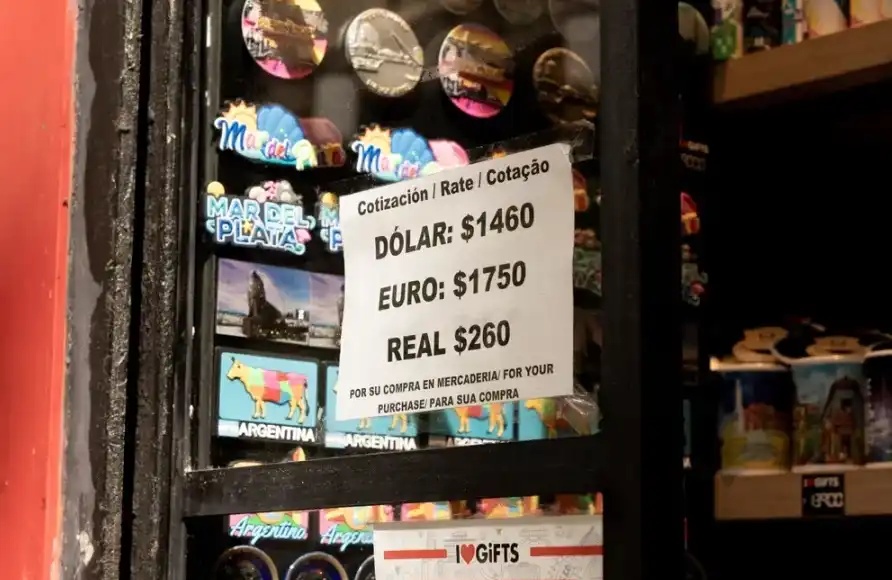Vitalik made a stern statement: Layer 2 that does not meet the standards by the end of the year will no longer be considered a second-layer network
Original title: Vitalik tells Ethereum L2s 『Stage 1 or GTFO』—Who makes the cut?
Original author: CHRISTOPHER ROARK, Cointelegragh
Original translation: Alvis, MarsBit
According to L2Beat, six Ethereum Layer 2s have reached Stage 1, while most others remain at Stage 0.
Ethereum co-founder Vitalik Buterin said on September 12 that if a network has not reached "Stage 1" by the end of this year, he will no longer consider it a "Layer 2."
He said: "The era of rollups being glorified as multi-signatures is coming to an end," adding that "the era of cryptographic trust has arrived."
The question of whether a network is a layer 2 is not just a technical question for the Ethereum community.
It determines whether the network relies on Ethereum’s security and can therefore be trusted to protect users’ funds, or whether it is an entirely separate network that may or may not be secure.
The issue was brought to the forefront on June 2 when decentralized finance protocol Velocore was hacked and lost $2.6 million.
Velocore runs on the Linea network, which claims to be an Ethereum layer 2. However, the team quickly halted block production to prevent the attacker from withdrawing funds to Ethereum.
Critics argue that if the network’s security relies on Ethereum, then this block production halt should not have happened. After all, authorities cannot halt Ethereum.
As a result of this incident, many critics claim that the Ethereum ecosystem is decentralizing too slowly.
Buterin had already commented on the topic a month before the Velocore attack. He said that all Ethereum Layer 2s need to reach "Phase 1" by the end of 2024. If they don't, the community should no longer call them "Layer 2".
But what exactly is Phase 1?
Stages of Decentralization
The term "Phase 1 Layer 2" comes from a post by Buterin on the Ethereum Magicians League message board on November 2, 2022.
In the post, Buterin argued that Ethereum Layer 2 is still in the early stages of development and cannot be expected to be fully decentralized right away.
Instead, developers should be given a grace period to fully develop their network components. At first, these networks will be highly centralized. But over time, they will become completely permissionless, guaranteeing censorship-free transactions.
Phase 0 networks call themselves Layer 2 or "rollups," and compressed versions of all their transactions are published to Ethereum.
In addition, the team provides a "rollup full node" that can independently confirm the state of Layer 2 as long as it has complete transaction data from both layers. Users can exit the network without the help of the team as long as the team does not actively try to block users by publishing false state roots on Ethereum.
In Phase 1 rollup, the network smart contracts on Ethereum contain "fraud proofs or validity proof schemes" that prevent developers from publishing invalid state roots.
If developers try to fraudulently withdraw funds that do not belong to them or prevent users from making legitimate withdrawals, these transactions will fail under normal circumstances.
However, developers can overturn fraud proofs through a vote of at least six of the eight members of the Security Council. This vulnerability exists if developers find a bug in the fraud proof system.
In addition, at least three of the eight members of the Security Council must come from outside the development team, so it is theoretically impossible for the development team to overturn these proofs alone.
Network upgrades must also be delayed for at least seven days before implementation unless approved by the Security Council.
In the two years since Buterin’s post, most networks claiming to be layer 2 remain stuck at phase 0 or lower, leading to criticism that the entire ethereum ecosystem has failed to deliver on its promise.
However, six networks have bucked the trend and managed to advance to at least phase 1.
Networks that have reached phase 1
L2 Phase 1 list. Source: L2Beat.
Here is a full list of networks that claim to be layer 2 (L2s) and have reached phase 1, according to research by blockchain analytics platform L2Beat. This list is sorted by total value locked (TVL), with the networks holding the most assets listed first.
Arbitrum One
Abitrum One has reached phase 1. The network is run by 14 validators who process withdrawals and deposits using a set of fraud proofs. If a validator attempts to submit fraudulent transactions, the smart contracts on Ethereum will reject them unless those proofs are explicitly covered.
Fraud proofs can be overturned by the 12-member Arbitrum Security Council. However, according to Arbitrum's documents, no single organization may have more than three members on the Security Council. Development teams are not exempt from this restriction.
The Arbitrum DAO can upgrade the network, but there will be a 12-day and eight-hour delay, while the Security Council can upgrade the network without any delay.
If the Arbitrum sorter stops functioning, users can withdraw funds directly from the Ethereum network, but withdrawals will be delayed by one day after initiation. According to L2Beat, if users disagree with an upgrade initiated by ArbitrumDAO, they have a two-day "exit window." If they exit during this two-day window, ArbitrumDAO cannot stop them on its own, even if the DAO is corrupt or taken over by an attacker.
If users disagree with an upgrade performed by the Security Council, there is no exit window, as Security Council upgrades are almost instantaneous.
Optimism
On June 10, Optimism entered Phase 1 with the implementation of the "Cannon" error-proofing system. On August 17, it returned to Phase 0 after discovering a bug in the system. However, it re-enabled error-proofing on September 11 and is now back to Phase 1.
If Optimism validators try to process fraudulent transactions, the error-proofing system in the Optimism Ethereum smart contract will reject those transactions. The Security Council vote can override these error-proofing mechanisms, but no single organization has enough seats to make that happen without the cooperation of other organizations.
According to L2Beat, OptimismDAO cannot implement network upgrades without the consent of the Security Council. The upgrade was implemented without delay.
dYdX v3
DYdX v3 is the first phase of Ethereum L2 and is completely separate from the Cosmos-based dYdX v4. It uses zero-knowledge validity proofs to ensure that all valid withdrawals are processed and that invalid withdrawals are not processed.
dYdX validators can block withdrawals for up to 14 days by refusing to include withdrawals in transactions. If this happens, users can initiate a "force exit" on Ethereum to get their funds back after the 14-day period.
Normally, the upgrade is delayed by 9 days, but only 2 days if the priority controller approves the upgrade as an emergency upgrade. L2Beat warns that if governance is controlled by a malicious actor, it can prevent withdrawals by blocking withdrawals for 14 days and initiating a contract upgrade that is implemented within 9 days.
Even so, L2Beat still considers dYdX to be in Phase 1 because the upgrade is normally delayed by 9 days, exceeding the minimum requirement of 7 days.
ZKsync Lite
ZKsync Lite uses zero-knowledge proofs to verify transactions, and the team cannot process invalid transactions or prevent the confirmation of valid transactions under normal circumstances.
If the team initiates the upgrade, it will take 21 days to take effect. If the ZKsync validator refuses to include the user's withdrawal in the transaction, the user can initiate a forced withdrawal on Ethereum and recover the funds within 14 days. According to the L2Beat report, the upgrade takes 21 days, giving users a 7-day "exit window".
ZKsync Lite has no smart contract functionality; it is specifically used for crypto payments.
In addition to these networks, L2Beat also lists DeGate v1 and Fuel v1 as networks that have achieved Phase 1. In fact, these networks are considered "Phase 2", that is, fully decentralized. Their total TVL is about $51 million.
Users who agree with Buterin's criteria should continue to refer to the above networks as "Layer 2" after January 1, as long as they do not object to some of L2Beat's analysis.
The four major Layer2s that were not selected
The first four networks that are not currently designated as Phase 1 by L2Beat either do not meet one of the criteria required for Phase 1 or are still under evaluation.
All of these networks are already in Phase 0, so it’s still possible that they could enter Phase 1 by the end of the year.
Base
Coinbase’s Base network does not run fraud proofs. It is part of the Optimism superchain, which has already implemented fraud proofs. Therefore, it would be simple for Base to implement fraud proofs and could enter Phase 1 by the end of the year. But so far, it has not done so.

Base Network Phase 1 Issue. Source: L2Beat
Blast
L2Beat considers Blast to be a “Phase 0” network. Users can run a Blast node independently to check the validity of deposits and withdrawals. However, the software will only issue a warning if a withdrawal is invalid. Users cannot withdraw funds against the will of Blast’s governance.
Blast may publish a fraud proof before the end of this year, in which case it would continue to be labeled as a “layer 2” in 2025. But it does not currently meet all the criteria for a Phase 1 rollup.
ZKsync Era
According to Matter Labs, the network’s developer, ZKsync Era uses zero-knowledge proofs to verify deposits and withdrawals. L2Beat is currently evaluating how well the system works. ZKsync Era may already be in Phase 1, or it may reach it soon.
On September 12, the team announced a new governance system that designates “guardians” to protect users in the event of a governance attack. In its announcement, the team claimed that it is attempting to achieve full decentralization in Phase 2.
Even so, L2Beat currently classifies ZKsync Era as Phase 0, as it has not yet completed its evaluation of Phase 1 elements of the network.
Starknet
Starknet has implemented zero-knowledge validity proofs in its smart contracts. However, these proofs can be overridden by whitelisted operators, and users cannot withdraw funds without permission from Layer 2 validators.
Since Starknet has already implemented proof of validity, it will be relatively simple to apply the other criteria for a Phase 1 network. Therefore, Starknet may enter Phase 1 before December 31st, but it has not yet met the criteria.
A small number of other networks with TVL below $600 million are still considered Phase 0.
These include Mode, Lisk, Polygon zkEVM, Taiko, Bob, Loopring, Zora, Kroma, Kinto, Paradex, Boba, ZKSpace, and others.
All of these networks have reached Phase 0, and some have met at least one of the criteria for Phase 1. However, no network has yet met all the criteria to reach Phase 1.
Scroll and Linea Still Below Stage 0
According to L2Beat, there are two networks with TVL over $700 million that claim to have reached Layer 2 but haven’t even reached Stage 0.
The first is Scroll, which has over $1.1 billion in cryptocurrency locked in its contracts. L2Beat says Scroll has “no available node software that can reconstruct state from L1 data,” so users can’t independently verify its transactions.
The second is Linea, which has over $780 million locked in its contracts. Like Scroll, Linea has not developed node software that the public can use to check the validity of its transactions.
These networks both meet and don’t meet the definition of “Layer 2” in 2025 that Buterin advocates for.
Ethereum supporters will likely continue to push teams to make their networks more decentralized, and if they don’t, they’ll increasingly stop calling them layer 2. But some networks will continue to claim they’re working on it, while others will claim it doesn’t matter. Only time will tell which side will win out in the long run.
Welcome to join the official BlockBeats community:
Telegram Subscription Group: https://t.me/theblockbeats
Telegram Discussion Group: https://t.me/BlockBeats_App
Official Twitter Account: https://twitter.com/BlockBeatsAsia


 Forum
Forum Finance
Finance
 Specials
Specials
 On-chain Eco
On-chain Eco
 Entry
Entry
 Podcasts
Podcasts
 Activities
Activities
 OPRR
OPRR







